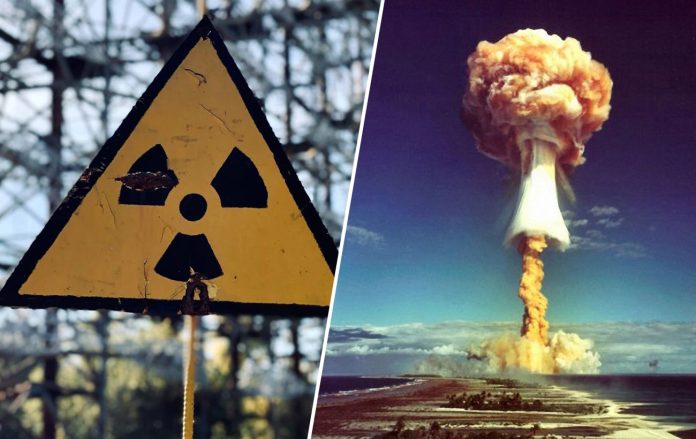In the case of a nuclear explosion, many believe that the best option for survival is shelter in specially equipped bins. However, reality is not so optimistic. Nuclear bunkers, which were initially designed during the Cold War to protect against atomic bombs, are no longer capable of guaranteeing full safety in the event of a modern nuclear attack.
The first bombos were built in the US and the USSR during the Cold War, when the tension between the countries reached its peak. In those days, it was believed that bins were able to protect against a powerful explosion and nuclear radiation. However, with the development of nuclear weapons, the requirement for protection against these disasters changes. Modern nuclear bombs are much more powerful than their predecessors, and this has a significant impact on the effectiveness of protection. The explosions caused by modern thermonuclear bombs can destroy everything within 160 km from the epicenter, unlike the atomic bombs of the Second World War, where the range was much smaller - up to 1.6 km. Modern fusion bombs use hydrogen synthesis to achieve a much more powerful explosion than old atomic bombs. This leads to the fact that the bins, which are located 160 km from the epicenter of the explosion, can no longer effectively protect against the heat and shock wave that accompany the explosion. In addition to the explosive wave and high temperatures, the main threat is radiation that remains dangerous even after the explosion. Bunkers, for effective protection against radiation, should have a wall thickness of at least 1.5 meters and be made of materials such as concrete, steel and lead. However, even in such a storage, there is a risk that some radiation can get inside, and its impact on health can occur in many years. In order for the nuclear bunker to have at least some meaning, it is important at what distance from the epicenter is a repository. If it is within a radius up to 160 km from the explosion, the probability of rescue is extremely low due to a strong shock wave and temperature. If the storage is in a more distant place, it can give a chance to rescue, but even then does not guarantee full safety from all the effects of nuclear attack. After a nuclear explosion, it is important not only to escape from the shock wave, but also to protect yourself from radioactive precipitation, which are formed as a result of the explosion. To do this, it will be necessary to remain in the hopper for at least a week, as lethal radiation remains dangerous for several days. However, even after this time, people can get low doses of radiation, which can increase the risk of cancer, which will only appear in a few years.
Modern nuclear bunkers can partially protect against the effects of a nuclear explosion, but they do not give full protection. The irreparable destruction caused by the nuclear attack will make any shelter extremely vulnerable. Therefore, the only hope remains that we never witness a nuclear explosion, although, unfortunately, there is no guarantee.


